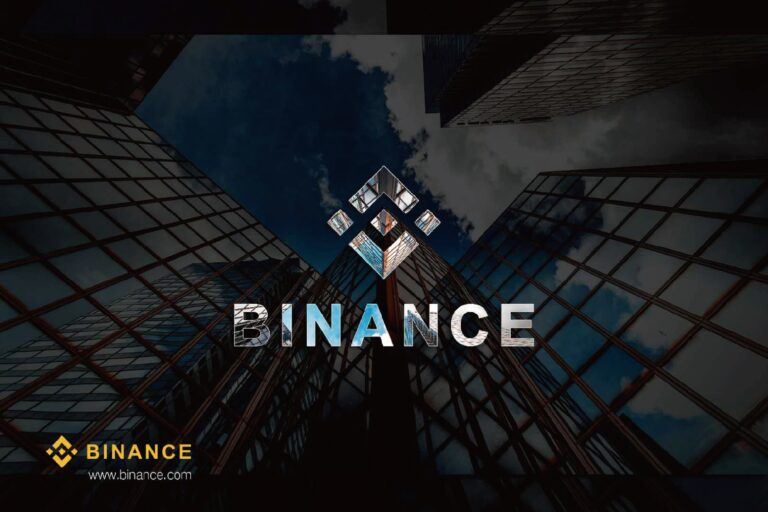Beniamin Mincu, the Founder of Elrond, a high-throughput, public blockchain network focused on enabling fast transaction speed on a low-cost platform, recently shared his views and insights regarding how developers are using various blockchain scalability techniques to improve the performance of cryptocurrency networks.
$1.9 Million Raised to Fund Elrond’s Development
Notably, the developers of the sharding-based Elrond project have managed to raise $1.9 million to help fund the platform’s ongoing development. Elrond is reportedly the next project that is scheduled for release on the Binance Launchpad.
Mincu, who’s also the CEO at Elrond, revealed that the Elrond network aims to provide a high level of security and scalability by using adaptive state sharding and a new type of proof-of-stake (PoS)-based consensus algorithm.
In an exclusive interview with CryptoGlobe, Mincu helped us answer several important questions regarding the benefits of introducing new projects through Binance Launchpad and the potential impact of initial exchange offerings (IEOs) on the digital asset market.
Many developers are using Sharding to scale and improve blockchain architecture. What was your reason for choosing this approach for the Elrond project?
“We’ve come to understand that the performance of a blockchain system can be considerably increased in two fundamental ways: ‘vertically’, by increasing the performance of every node in the network or ‘horizontally’ by splitting the workload among multiple nodes for parallel processing.
Vertical scaling has some limitations, because one can increase the performance of a single machine (node) by adding more CPUs, RAM, GPUs only until a certain point. Given that few nodes in the network will be able to upgrade to keep up, the performance increase on the network will only be marginal; if minimum requirements set for participating in the network become too high on the other hand, centralization risks will arise.
Sharding is a concept that has been first used in databases to improve performance and efficiency. A shard is a horizontal partition of the database, which can be stored on a different server, thus spreading the load on multiple machines.
Sharding in blockchains is relatively new and comes in different flavors:
- network/communication sharding: improve the communication by propagating messages in smaller partitions;
- transaction/computation sharding: instead of having every single transaction processed by all machines in the network, split the network into subgroups and have each subgroup process different transactions in parallel;
- state/storage sharding: decrease the storage needs for every node, by splitting the blockchain and state data across shards.
The optimal approach for blockchain sharding, needs to take into consideration advantages from all three sharding types. Elrond’s approach to scalability and increased throughput, called “Adaptive State Sharding”, combines all three sharding types into a solution that will scale almost linearly with the number of shards, improve communication inside the shards, increase performance through parallel processing and reduce storage. This is what a 1000x improvement solution looks like.”
What are the benefits or advantages of using Binance Launchpad, when compared to introducing a project on your own?
“Binance has positioned itself as the most influential exchange in the world with one of the largest audiences in the crypto space. Projects that are on the launchpad attract a lot of attention in a very short period of time. On the other hand, the cost and effort to introduce a project with no such help is extremely high and even when executed formidably the impact is limited compared to what Binance can bring. Thus, we think Binance launchpad is unparalleled in terms of marketing exposure, and distribution channel. This was a great opportunity for Elrond.”
What are the main things you learned from working on the NEM project that you are currently applying or have been influenced by – and has this improved your ability to work on the projects you are presently involved in?
“I joined NEM right at the beginning, so I have learned many useful lessons through trial and error. What was especially important was to see what it takes to bring a project from a mere bitcointalk post forum, to a billion dollar blockchain product.
There were two things that counted: (1) the team and the (2) the distribution or bringing the technology to market. Those lessons have been invaluable for me while building the Elrond team, and preparing the go-to-market strategy.”
Do you think initial exchange offerings (IEOs) will effectively replace initial coin offerings (ICOs)?
“I don’t think IEOs will replace all ICOs. By definition exchanges will filter very aggressively for quality of the project they list, and most ICOs will not pass that filter which is a good thing. But I do think that exchanges like Binance have a strong value proposition through the way they perform their rigorous due diligence process, and their launchpad solution offers an unparalleled marketing outreach and distribution channel. So while ICOs will probably exist for a long time, IEOs done on exchanges like Binance will like be the most compelling option for both blockchain startups and investors.”









